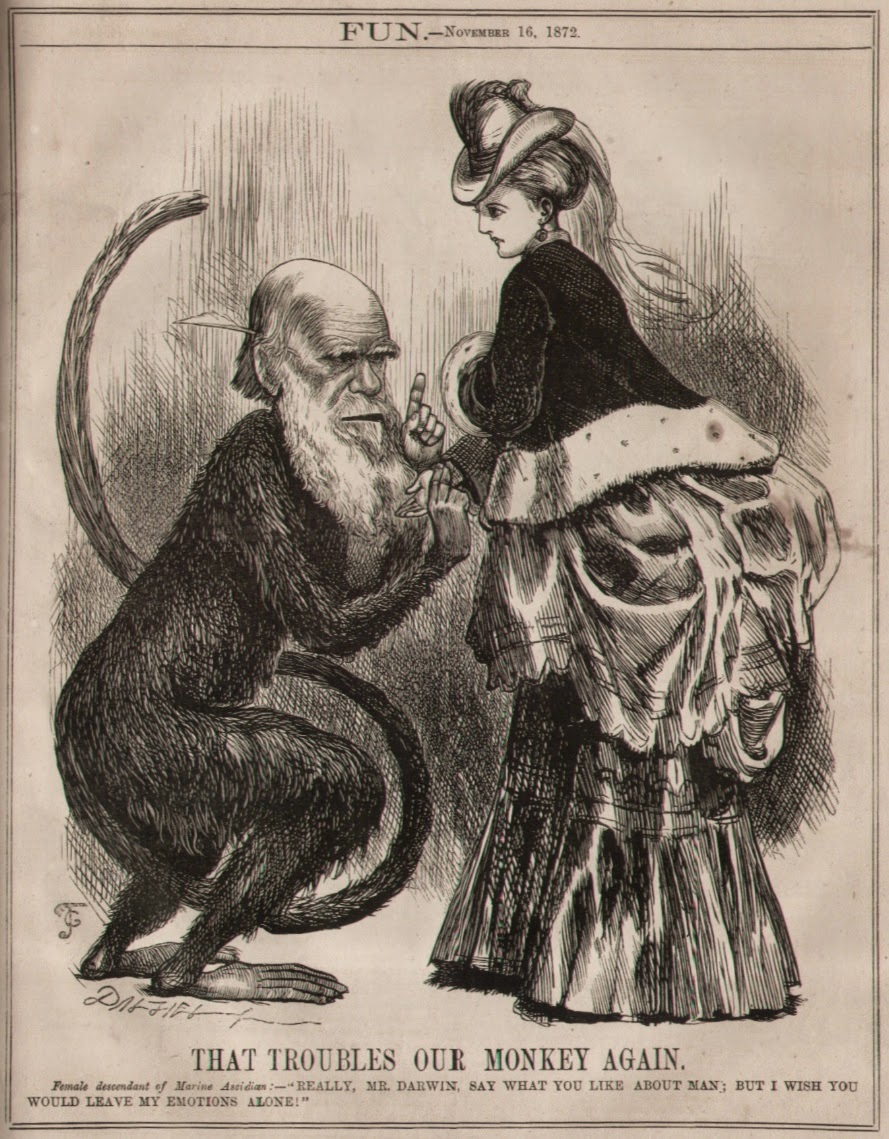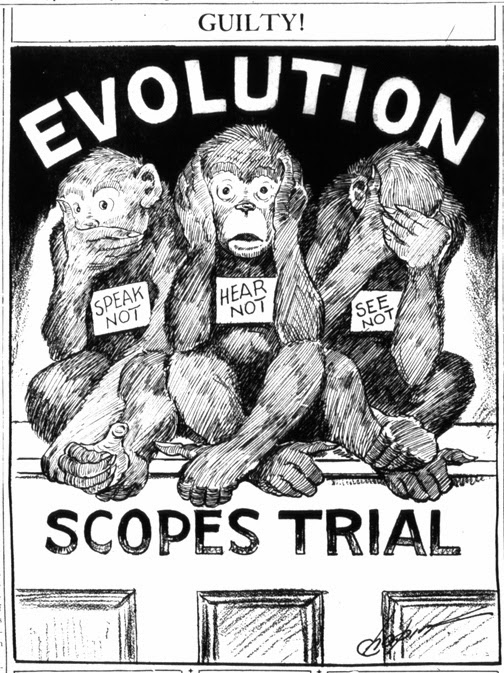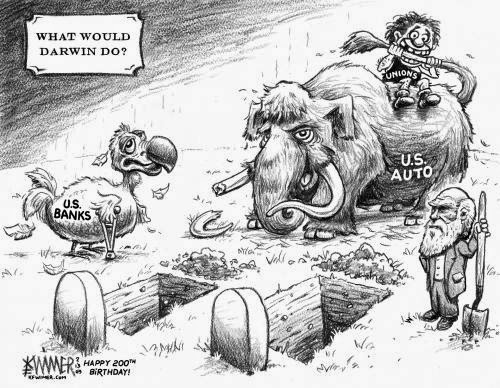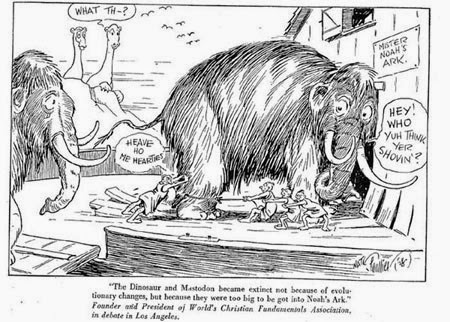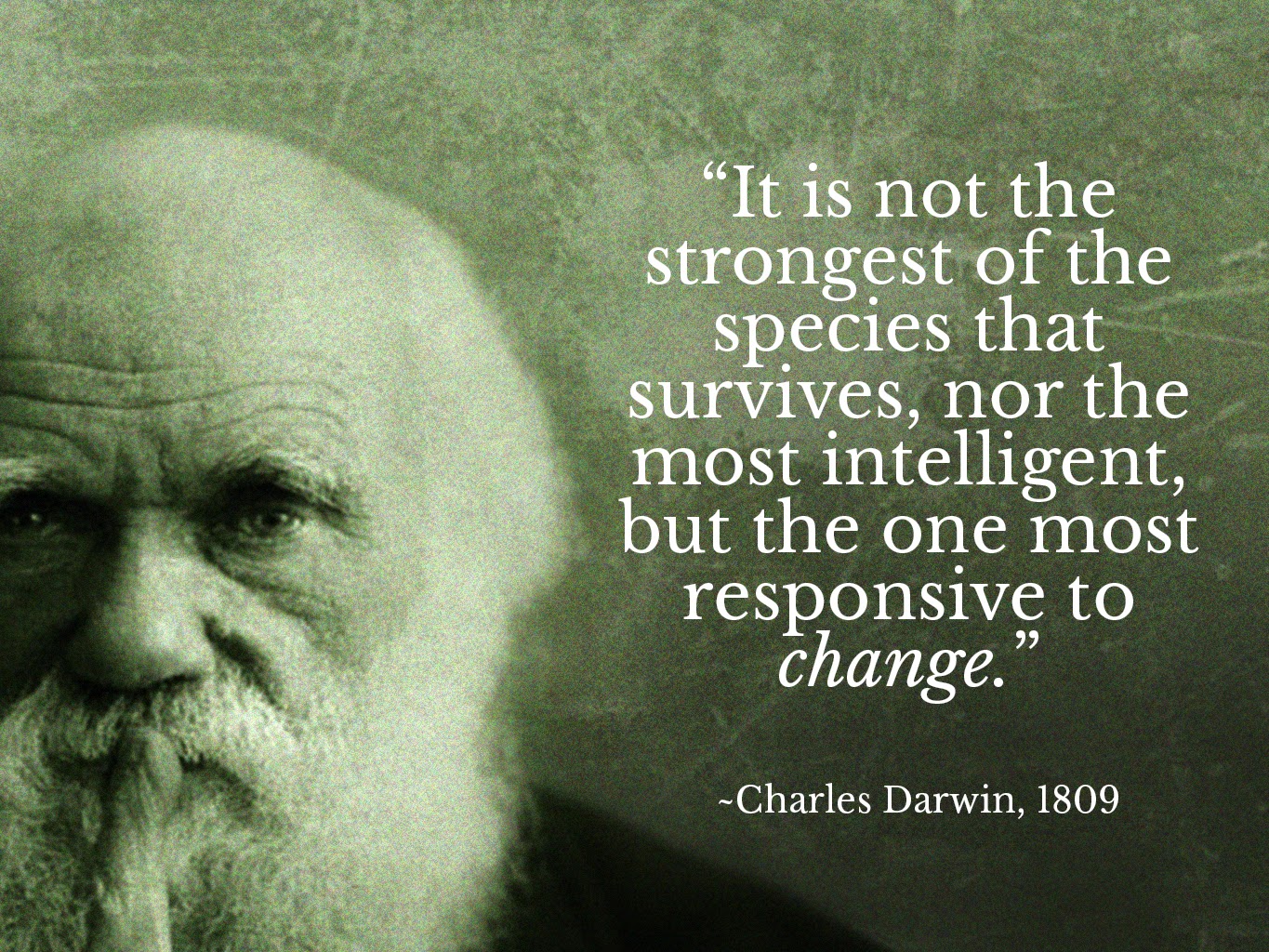The field of invasion biology was sparked with the publication of Charles Elton’s book “The Ecology of Invasions by Animals and Plants” (1958). Beginning in the 1980s (Simberloff et al., 2013), there was a rapid growth in research effort, most of which focused on the ecology of invasive species, including their traits and impacts (Lee, 2002). However, the evolutionary causes and consequences of colonization are also critical to our understanding of species invasions (Bacigalupe, 2009; Crawford & Whitney, 2010).
 |
|
Figure 1- Research on invasive species has increased rapidly (Google ngram
viewer).
|
The influential book "The Genetics of Colonizing Species" (1965) is an early and important example of efforts to integrate concepts from the fields of genetics, ecology and applied sciences to better understand invasions. The volume covers a vast breadth of topics and its authors include some of the best minds in evolution and ecology of the last century. Many of the ideas raised at the conference were on the cutting edge, and although there are a staggering number of valuable insights in the book, the authors were often contending with a lack of data. In the fifty years since its publication, there has been an explosion of studies on invasion biology, and though there we may sometimes be frustrated by a lack of progress both in theory and management, we are in a much better position to evaluate how the hypotheses and assertions of 1965 stand up in the face of empirical data.
In
his chapter on competition and migration, Dr. Kan-Ichi Sakai sought to outline
how evolution and competitive ability would influence plant invasion dynamics.
He points out that, in order to become established in a new environment, a
colonizer must be able to compete with the native flora. Since the initial
population size is small, there is likely selection for genotypes that can
exploit the low-density conditions, by growing and reproducing rapidly. We now
have data demonstrating responses to this kind of selection, for example, in
the cane toad invasion of Australia where individuals near the invasion front
have accelerated development and so can reproduce more quickly (Phillips,
2009). Sakai also raises the concept of trade-offs
between migratory and competitive abilities during colonization, an idea that
has found support in much more recent models (Burton,
Phillips, & Travis, 2010).
 |
|
Figure 2-Cane toads have increased the rate of their spread. Those on the
edge of the rangeare better dispersers and reproduce more quickly.
|
Sakai
argues that the lack of a covariance between fitness and competitiveness will
lead to the maintenance of variation in competitive ability, essentially
concluding that being a good competitor is not correlated with fitness. Modern
invasion biology has veered away from this assumption. The prominent hypothesis
of the Evolution of Increased Competitive Ability (EICA) is based on the idea
that invasive plants will experience relaxed selection for defensive traits,
have more available resources, and evolve to become superior competitors (Blossey
& Notzold, 1995). This presupposes a
positive covariance between competitive ability and fitness in their new
context.
Sakai
also asserts that competitive ability is not a heritable trait. This conclusion
was perhaps due to a lack of data on the heritability of traits important to
competitive interactions, and a somewhat murky definition of "competitive
ability", and has since been abandoned (Hühn,
1975). Empirical work since
1965 shows that competitive traits can be heritable, for example in size and allelopathy,
and artificial selection of crops can successfully increase competitive ability
(Worthington
& Reberg-Horton, 2013), demonstrating its
heritability. In light of this, invasive populations will often be able to
respond to selection and increase their competitiveness in their new habitats,
with sometimes devastating consequences for their native competitors.
We
now have a plethora of data on competition, migration and invasions, and are
able to reject and find support for ideas laid out by Sakai five decades ago. Competition
is a crucial interaction in plant invasions, both in determining how resistant
a community is to invasion (Keane
& Crawley, 2002), and how successful a
novel species will be. If we hope to understand invasion processes, we must
incorporate evolutionary and ecological perspectives, and recognize how
ecological and genetic factors act in concert during the spread of a novel
species. Competitive dynamics offer an excellent opportunity to examine how
ecology and evolution intersect during colonization.
References
Bacigalupe,
L. D. (2009). Biological invasions and phenotypic evolution: a quantitative
genetic perspective. Biological Invasions, 11(10), 2243–2250.
doi:10.1007/s10530-008-9411-2
Baker, H.
G., & Stebbins, G. L. (Eds.). (1965). The Genetics of Colonizing Species.
New York: Academic Press.
Blossey,
B., & Notzold, R. (1995). Evolution of increased competitive ability in
invasive nonindigenous plants: a hypothesis. Journal of Ecology, 83(5),
887–889.
Burton,
O. J., Phillips, B. L., & Travis, J. M. J. (2010). Trade-offs and the
evolution of life-histories during range expansion. Ecology Letters, 13(10),
1210–1220. doi:10.1111/j.1461-0248.2010.01505.x
Crawford,
K. M., & Whitney, K. D. (2010). Population genetic diversity influences
colonization success. Molecular Ecology, 19(6), 1253–1263.
doi:10.1111/j.1365-294X.2010.04550.x
Elton, C.
(1958). The Ecology of Invasions by Animals and Plants. London: Methuen.
Hühn, M.
(1975). Estimation of broad sense heritability in plant populations: an
improved method - Springer. Theoretical and Applied Genetics.
Keane, R.
M., & Crawley, M. J. (2002). Exotic plant invasions and the enemy release
hypothesis. Trends in Ecology & Evolution.
Lee, C.
(2002). Evolutionary genetics of invasive species. Trends in Ecology &
Evolution.
Phillips,
B. L. (2009). The evolution of growth rates on an expanding range edge. Biology
Letters, 5(6), 802–804. doi:10.1086/527494
Simberloff,
D., Martin, J.-L., Genovesi, P., Maris, V., Wardle, D. A., Aronson, J., et al.
(2013). Impacts of biological invasions: What's what and the way forward. Trends
in Ecology & Evolution, 28(1), 58–66.
doi:10.1016/j.tree.2012.07.013
Worthington,
M., & Reberg-Horton, C. (2013). Breeding cereal crops for enhanced weed
suppression: Optimizing allelopathy and competitive ability. Journal of
Chemical Ecology, 39(2), 213–231. doi:10.1007/s10886-013-0247-6


